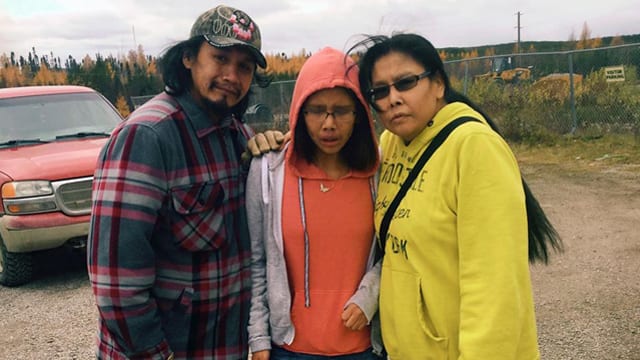
Kanina Sue Turtle, middle, with father Clarence Suggashie and mother Barbara Suggashie visiting Poplar Hill First Nation for a funeral Oct. 18, 2016. She died by suicide Oct. 29, 2016. Photo provided by family.
Hours before Kanina Sue Turtle, 15, killed herself in a Sioux Lookout foster home the police were trying to find her.
Kanina had been out all night with her girlfriend, Jolynn Winter, 12.
It was the last night they spent together.
Kanina would die later that day on Oct. 29, 2016 after police did track her down and brought her back to the foster home.
A couple months later Winter also died by suicide.
Both were in the care of Tikinagan Child and Family Services.
This new information comes from Tikinagan’s statement of defence recently filed in Kanina’s family’s $5.9 million lawsuit against the Indigenous child welfare agency operating in northern Ontario.
Tikinagan denies any wrongdoing in the death.
It’s also the first time Tikinagan has said anything about Kanina’s death. APTN News first reported in February 2018 that the Poplar Hill First Nation teen filmed her suicide with her iPod.
Thirteen more stories would follow before November.
APTN’s investigation would uncover in part multiple hospital visits before her death, missed appointments with her counsellor, the home was owned and operated by Tikinagan, that she had also filmed an attempted suicide Oct. 28, 2016 and she had written suicide letters to her family but Tikinagan wouldn’t hand them over for almost two years, or tell the family they existed.
APTN also reported Tikinagan suspected Kanina was planning her suicide with other girls, which it now denies in the statement of defence.
“On October 29, 2016 Kanina committed suicide. Tikinagan subsequently learned from a peer disclosure that Kanina had entered into a suicide pact with several other youths,” Tikinagan alleges.
However, in this in-depth story, APTN lays out how Tikinagan knew Kanina and other girls were planning their suicides.
And more so in this follow up story based on documents from Kanina’s counsellor obtained by APTN.
The counsellor detailed a conversation she had with a Tikinagan worker two days before Kanina’s death.
Kanina had been caught kissing Jolynn and the worker said both were “suicidal together” according to the documents.
The next day Kanina wouldn’t return for curfew at 9 p.m. and spent the night with Jolynn until both were found the next morning.
Just before 6 p.m. that day Kanina was dead in her foster room.
Tikinagan says in its statement of defence she was left alone for just over a half hour.
“Her foster mother left Kanina’s bedroom to prepare her something to eat and was absent a little more than 30 minutes,” the statement alleges. “When the foster mother returned to Kanina’s bedroom, she discovered that Kanina had used her own shoelace to commit suicide.”
But the video clearly shows otherwise.
From the moment Kanina starts recording and until the worker comes to check on her Kanina was left alone for at least 46 minutes and 20 seconds.
Tikinagan has never seen the video.
APTN asked Tikinagan’s lawyer how they determined Kanina was left alone for “a little more than 30 minutes.”
“We will not comment on the unfortunate death of Ms. Turtle as it is the subject of litigation before the Court and we trust our legal process to address this matter,” said Giovanna Asaro, a partner with Blaney McMurtry in Toronto.
Also, the police report on Kanina’s death says Kanina was lifeless for more than 40 minutes.
Kanina’s family has always questioned why she wasn’t under 24-hour watch based on her mental state.

The statement of defence also talks about Kanina being taken to the Sioux Lookout hospital for self-harming on Oct. 24, 2016.
“Kanina refused to voluntarily see a physician or counsellor. The on-call physician determined that Kanina could not be involuntarily admitted to hospital at that juncture, but such an admission would be considered if Kanina did not respond to counselling,” Tikinagan alleges.
As APTN has reported, Kanina missed every appointment for the next five days until she died. Her counsellor’s notes details difficulty in reaching Tikinagan to find out why she was missing appointments.
When the coroner examined Kanina’s body she hundreds of new cuts all over her limbs.
The coroner also reported that it was known she was “chronically suicidal”.
Kanina’s death was part of a chief coroner of Ontario’s review of 12 deaths in child protective services that was released last September.
Eight of the children were Indigneous and six were from Nishinawbe Aski Nation territory as first reproted by APTN’s Willow Fiddler. Tikinagan is NAN’s child welfare agency.
The report found each death was a result of a complete failure of the system.
It also said four months before Kanina died she was placed in a youth treatment centre on Cat Lake operated by Tikinagan. It’s where she met Jolynn, who filmed herself attempting to die by suicide at the centre just days before Kanina died. The video was found on Kanina’s iPod. Jolynn can be heard screaming and crying from a room with another young girl.
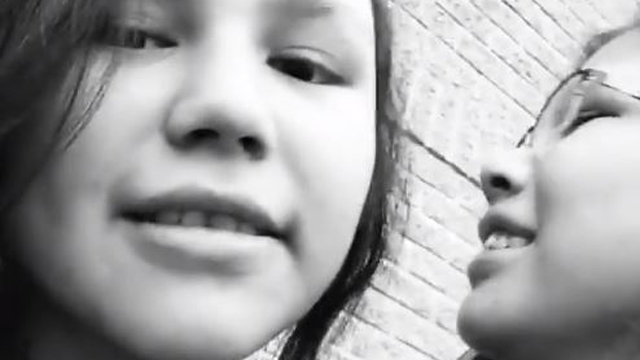
Kanina had to be “medically evacuated” twice for self-harming and suicide attempts. The last one was why she was in Sioux Lookout when she died.
Kanina was in and out of child protective services throughout her life based on allegations of domestic and alcohol abuse in the home. She was regularly removed from her home through customary care agreements. Her family allege they never had advice of a lawyer when they signed these agreements that could have been challenged in court.
When she died Kanina hadn’t been attending school but it’s unclear why or for how long.
But when she was younger Kanina enjoyed school.
Her favourite subjects were math and science.




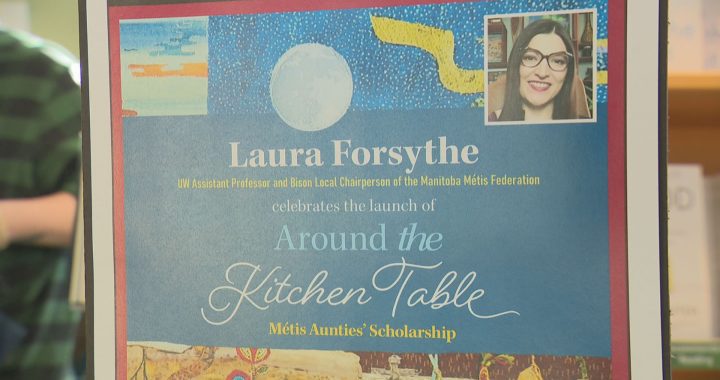

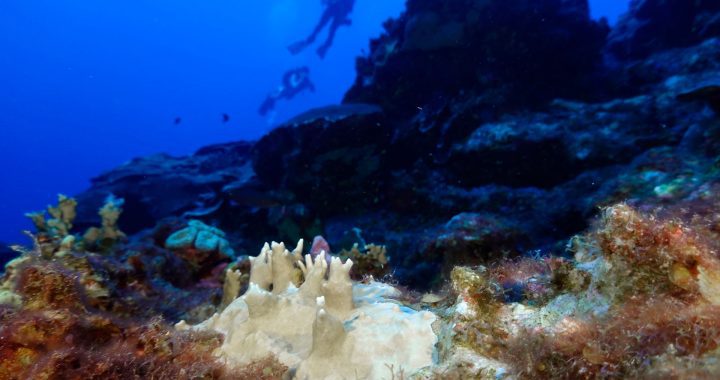
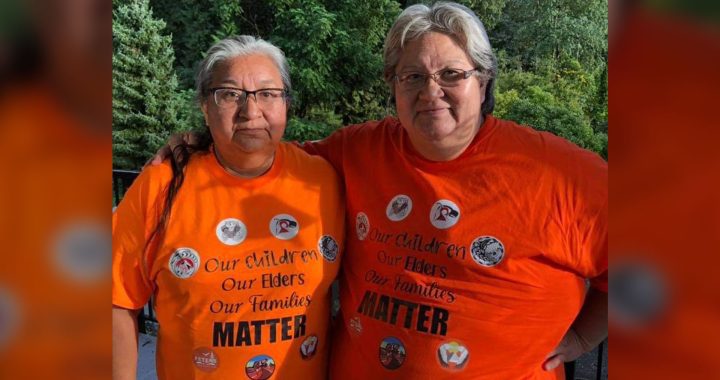
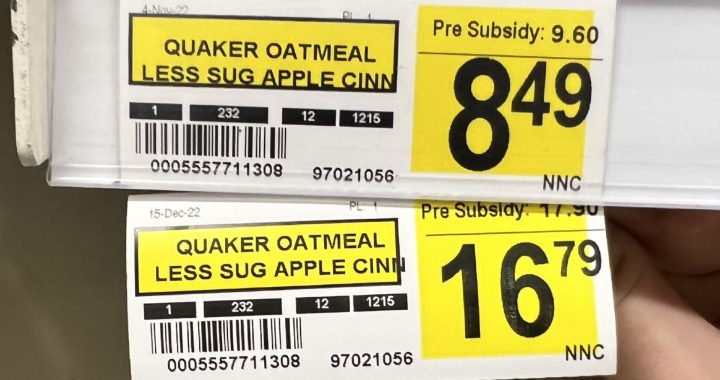
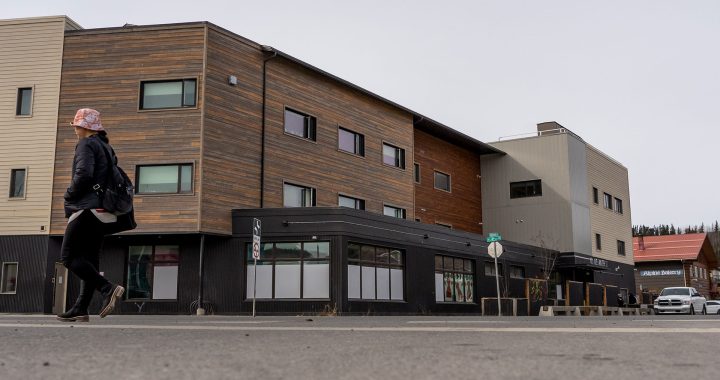
i work ambulance and i see young people attempting or committing suicide quite often, the system is missing an ingredient and its love. they need love like a mothers love and make them see themselves from outside a box. the aboriginals need self governance to deal with social issues.
i work ambulance and i see young people attempting or committing suicide quite often, the system is missing an ingredient and its love. they need love like a mothers love and make them see themselves from outside a box. the aboriginals need self governance to deal with social issues.
This is just the tip of the iceberg. I’m all for Indigenous Child and Family Wellbeing and this ain’t it. Just try and find comparative statistics on adverse outcomes in Indigenous Child Welfare Agencies and mainstream agencies. What we are doing now is what CAS’s used to do but worst. In health care there is a term which refers to unintended adverse consequences to institutional health practices. It’s called iatrogenic disease. If as we understand Indigenous Child Welfare to mean Indigenous child wellbeing then we must ask ourselves how much of what happened to these 2 girls arises from the CARE, TREATMENT and SUPPORT these girls received or did not receive because of their environments. The existing models of care such as those in NAN are a repeat of what existed in Manitoba. A Model which many now regard as wholly inadequate especially if people take the time to read the Hughe’s Report on the death of Phenoix Sinclair. It would seem that many of the new and developing Indigenous Child Welfare Agencies elsewhere in the country and particularly in Ontario are using the very same Models but with slight variations that gave rise to difficulty at Agencies such as the one at the center of this story and a few others not mentioned. And to make matters worst, just exactly who is overseeing these service delivery agencies? It would seem that the legislative authority at present sits with provincial governments and/or CAS’s in some cases in Ontario for example however just exactly how much influence does this have. Unless I read the Ontario Coroner’s Review of the deaths referred to in the article, my impression was that the Ministry of Social Services response was something like, us – we think. And yet it gets even trickier. Generally in the main stream system when a child is placed “in care” such as in a foster home or group home a worker with the child protection agency is responsible for monitoring the child’s wellbeing and care in the home which are generally outside paid resources; I.e. someone outside of the child protection agency is paid to provide care to that child. One of the obligations of that supposed arms length child protection agency worker is to ensure that the child is receiving the very best possible care and furthermore according to the standards to meet with that child privately to ascertain if this is the child’s experience. So then one wonders how this same worker can demonstrate an arms length relationship to the provider when the provider is also the agency visa vie the agency’s own worker responsible for ensuring oversight of the care provided. In Ontario at least presently the legislatively framework which came into effect in 2016 offers some hope that a completely different approach to Indigenous child wellbeing can be awakened but that is unlikely to occur if we just keep doing the very same thing albeit being tinged a slightly deeper red. It’s a challenge no doubt. As a recently retired Indigenous RN who for reasons which still escaped me worked in Indigenous Child WELLfare for a while we in the nursing “discipline” have struggled for a while in understanding ourselves better professionally in this era of de-colonization, Reconciliation and reclamation. Modern nursing clearly has a heavy militaristic and colonial past. So we ask ourselves as we have witnessed the profession of nursing “mature” over the past century from an art to a science, are we still practicing the art of “helping” people, families, communities and Nations to heal which is not intrinsically synonymous with “healing” per se. Again one wonders if the same conversations are occurring in the modern profession of Indigenous Social Work and the institutions where social work is practiced; such as in Child Welfare Agencies. What were we before, and what did we do and how before the Europeans arrived and told us this is what we are and this is how you do it. Often we hear what the old people say about what life was like before the 60’s Scoop and Residential Schools, and “reservations”? As someone I admire a great deal says, “to get that answer we need to return to the land.” I take this to mean, spend some time with our relations the wolves, the bears, the turtle people. None of them have a CFS and aside from our interference seem to do quite well, naturally.
Excellent
Powerfully written and bang on point. I am a Child Protection Worker on a reserve and face these hurdles every day. I thank Creator that my local CAS is very supportive of me and the way I work for the Indigenous families I serve. No apprehensions here…and lots of family support.
This is just the tip of the iceberg. I’m all for Indigenous Child and Family Wellbeing and this ain’t it. Just try and find comparative statistics on adverse outcomes in Indigenous Child Welfare Agencies and mainstream agencies. What we are doing now is what CAS’s used to do but worst. In health care there is a term which refers to unintended adverse consequences to institutional health practices. It’s called iatrogenic disease. If as we understand Indigenous Child Welfare to mean Indigenous child wellbeing then we must ask ourselves how much of what happened to these 2 girls arises from the CARE, TREATMENT and SUPPORT these girls received or did not receive because of their environments. The existing models of care such as those in NAN are a repeat of what existed in Manitoba. A Model which many now regard as wholly inadequate especially if people take the time to read the Hughe’s Report on the death of Phenoix Sinclair. It would seem that many of the new and developing Indigenous Child Welfare Agencies elsewhere in the country and particularly in Ontario are using the very same Models but with slight variations that gave rise to difficulty at Agencies such as the one at the center of this story and a few others not mentioned. And to make matters worst, just exactly who is overseeing these service delivery agencies? It would seem that the legislative authority at present sits with provincial governments and/or CAS’s in some cases in Ontario for example however just exactly how much influence does this have. Unless I read the Ontario Coroner’s Review of the deaths referred to in the article, my impression was that the Ministry of Social Services response was something like, us – we think. And yet it gets even trickier. Generally in the main stream system when a child is placed “in care” such as in a foster home or group home a worker with the child protection agency is responsible for monitoring the child’s wellbeing and care in the home which are generally outside paid resources; I.e. someone outside of the child protection agency is paid to provide care to that child. One of the obligations of that supposed arms length child protection agency worker is to ensure that the child is receiving the very best possible care and furthermore according to the standards to meet with that child privately to ascertain if this is the child’s experience. So then one wonders how this same worker can demonstrate an arms length relationship to the provider when the provider is also the agency visa vie the agency’s own worker responsible for ensuring oversight of the care provided. In Ontario at least presently the legislatively framework which came into effect in 2016 offers some hope that a completely different approach to Indigenous child wellbeing can be awakened but that is unlikely to occur if we just keep doing the very same thing albeit being tinged a slightly deeper red. It’s a challenge no doubt. As a recently retired Indigenous RN who for reasons which still escaped me worked in Indigenous Child WELLfare for a while we in the nursing “discipline” have struggled for a while in understanding ourselves better professionally in this era of de-colonization, Reconciliation and reclamation. Modern nursing clearly has a heavy militaristic and colonial past. So we ask ourselves as we have witnessed the profession of nursing “mature” over the past century from an art to a science, are we still practicing the art of “helping” people, families, communities and Nations to heal which is not intrinsically synonymous with “healing” per se. Again one wonders if the same conversations are occurring in the modern profession of Indigenous Social Work and the institutions where social work is practiced; such as in Child Welfare Agencies. What were we before, and what did we do and how before the Europeans arrived and told us this is what we are and this is how you do it. Often we hear what the old people say about what life was like before the 60’s Scoop and Residential Schools, and “reservations”? As someone I admire a great deal says, “to get that answer we need to return to the land.” I take this to mean, spend some time with our relations the wolves, the bears, the turtle people. None of them have a CFS and aside from our interference seem to do quite well, naturally.
Excellent
Powerfully written and bang on point. I am a Child Protection Worker on a reserve and face these hurdles every day. I thank Creator that my local CAS is very supportive of me and the way I work for the Indigenous families I serve. No apprehensions here…and lots of family support.
Teens who are struggling don’t have to do so alone. Teen Line offers a free hotline just for teens where they can call, text or email and talk with another trained teen who ‘gets it’. No problem is too big or too small. Call 800-TLC-TEEN (852-8336) or text TEEN to 839863 or check us out at http://www.teenlineonline.org.
Teens who are struggling don’t have to do so alone. Teen Line offers a free hotline just for teens where they can call, text or email and talk with another trained teen who ‘gets it’. No problem is too big or too small. Call 800-TLC-TEEN (852-8336) or text TEEN to 839863 or check us out at http://www.teenlineonline.org.
So sad , can’t fix what they won’t acknowledge ! Keep on it APTN & Ken Jackson the system is in shatters it must be changed for the children’s sake. They deserve so much more …
No shit, eh?
So sad , can’t fix what they won’t acknowledge ! Keep on it APTN & Ken Jackson the system is in shatters it must be changed for the children’s sake. They deserve so much more …
No shit, eh?